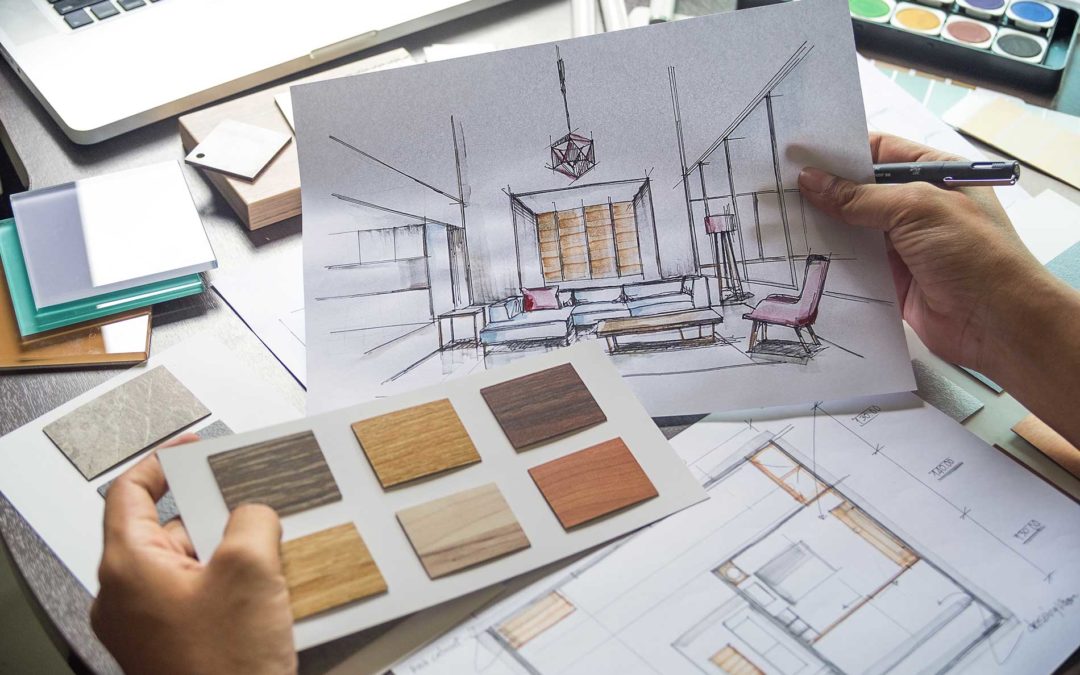Gone are the days when air conditioning units were unsightly objects that stood out in a room. Today, designers and architects have devised innovative ways to hide these units, ensuring they seamlessly integrate into the overall design scheme. Let’s take a look at a couple of creative methods.
Concealment Tricks
Designers and architects are skilled at incorporating clever design elements and custom enclosures that hide equipment… or help them to blend seamlessly with the surrounding decor. Here are some ideas to consider:
Built-in cabinets or millwork: Concealing air conditioning units within custom-built cabinets or millwork, while maintaining their functionality. Air flow must not be obstructed, but a decorative grill on the front of a cabinet can hide pipes and fans.
False ceilings: Creating false ceilings with hidden air vents and diffusers, providing a sleek and minimalist look.
Vent and Ductwork Design
Vents and ductwork are other aspects of HVAC systems that can be creatively incorporated into interior design. Instead of treating them as functional elements, they can be transformed into design features.

Decorative grilles and registers: Decorative floor grilles or registers complement the overall aesthetic of a room. They can be designed in hardwood, intricate patterns, or a modern design. Designing custom floor vents that blend perfectly with your flooring can match your style objectives while effectively hiding the air conditioning ducts.
Colour coordination: Painting vents and ductwork to match the room’s colour scheme, allowing them to blend seamlessly with the walls or ceilings.
Integration with Smart Home Technology
With the rise of smart home technology, HVAC systems can seamlessly integrate into interior design while offering enhanced functionality. Smart thermostats feature sleek designs and intuitive interfaces that can be incorporated into modern interiors seamlessly. And voice-controlled systems eliminate the need for visible control panels, further enhancing the overall aesthetics. Many HVAC systems can be controlled by an iPAD that can be set up in a corner of a room and display beautiful scrolling art.
Harmonizing Comfort and Design
Incorporating HVAC systems into interior design is an art that combines functionality and aesthetics. Using creative design solutions, architects, designers, and contractors can ensure that HVAC systems integrate seamlessly into any home layout and floor plan.
Plan a visit with your designer or architect to meet the techs at GPH Mechanical. They are happy to review how to seamlessly incorporate a new HVAC system into your interior design. Contact us today to discuss innovative solutions that will enhance the aesthetics of your home while ensuring optimal comfort.

